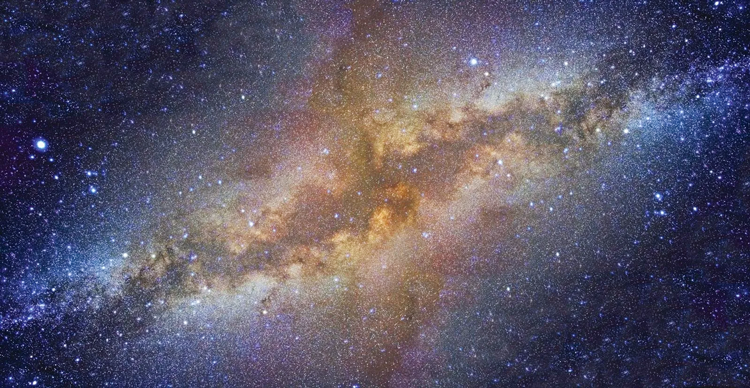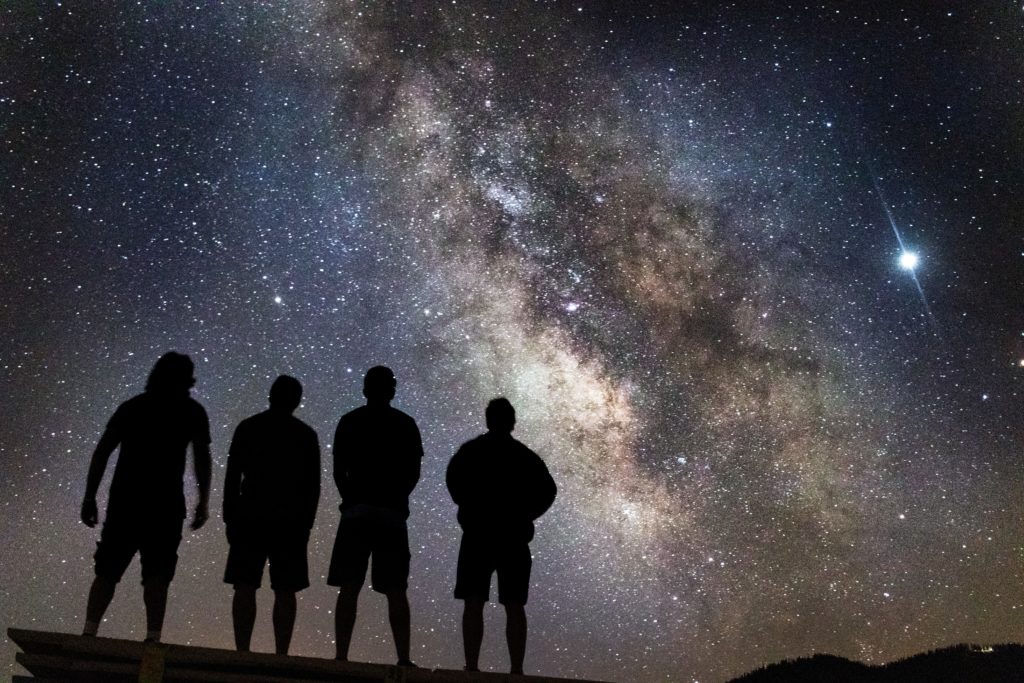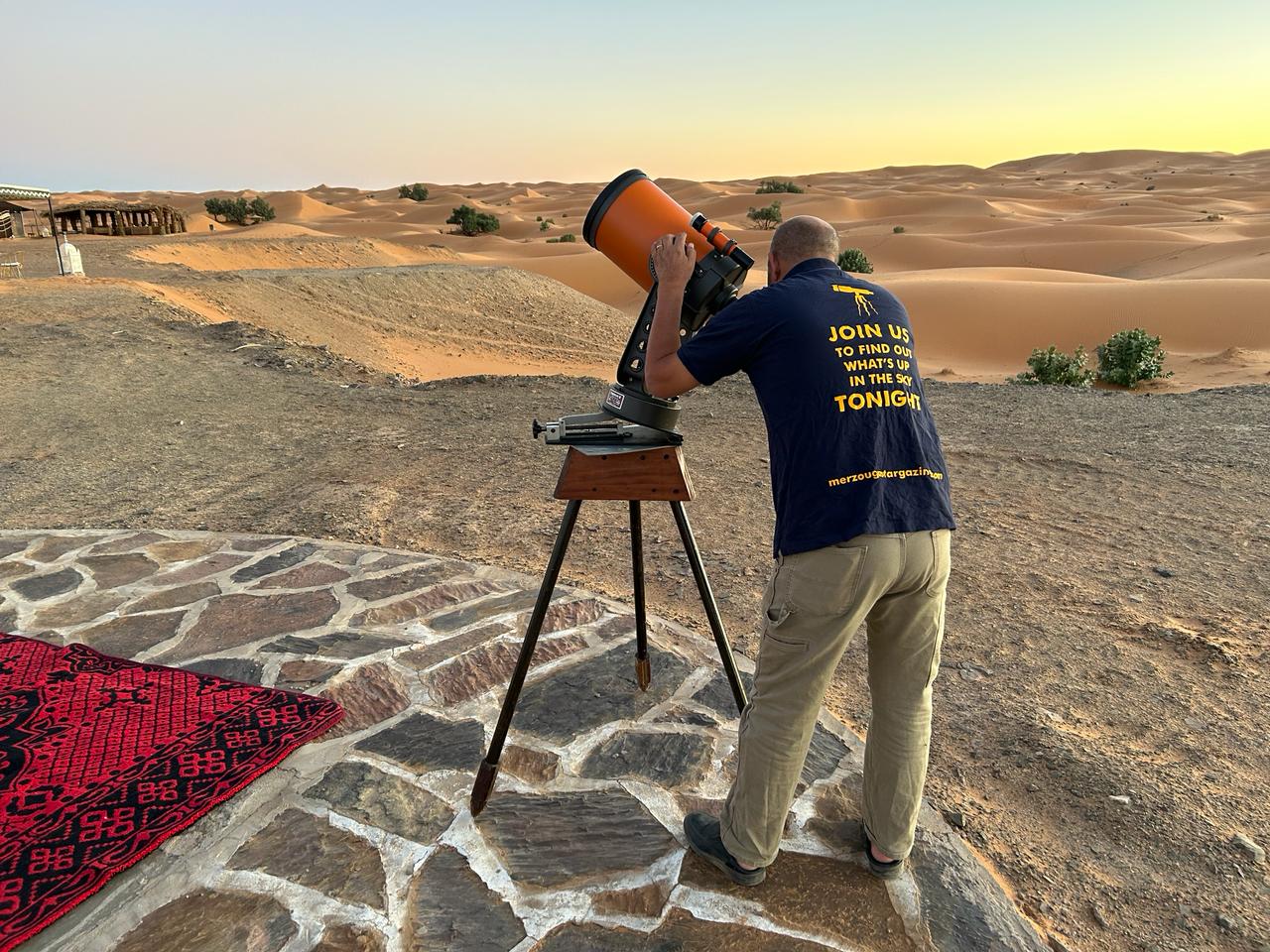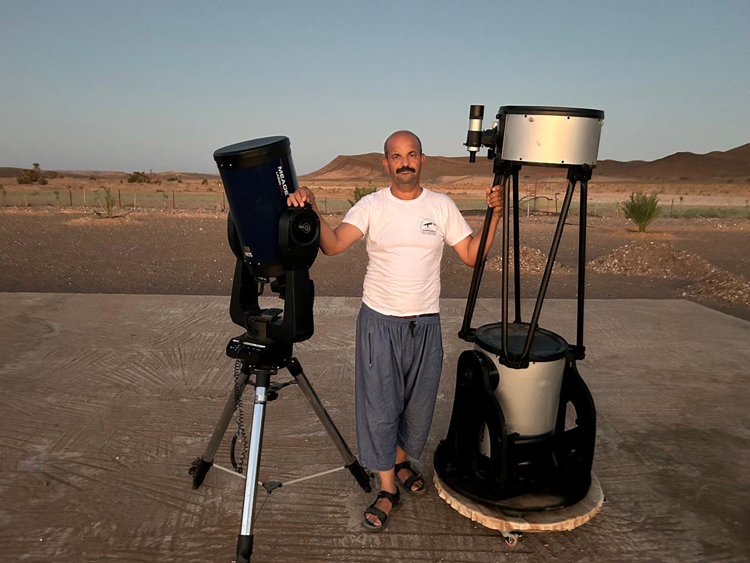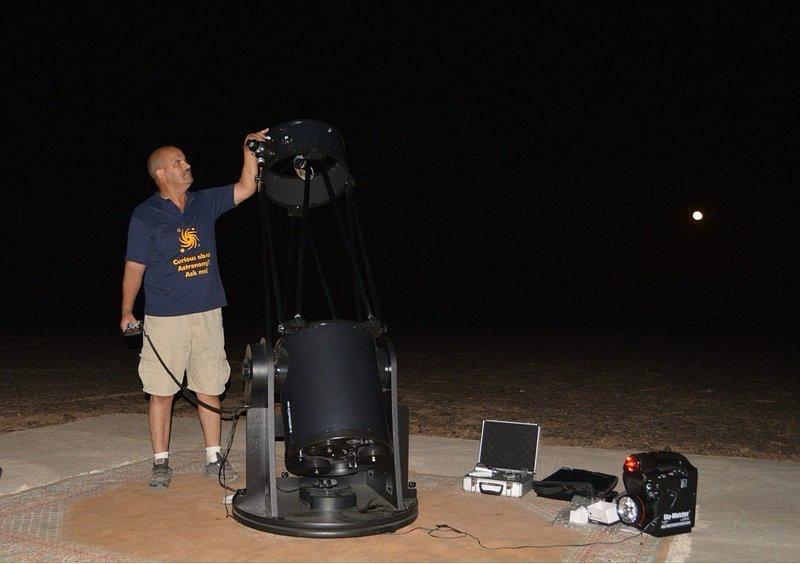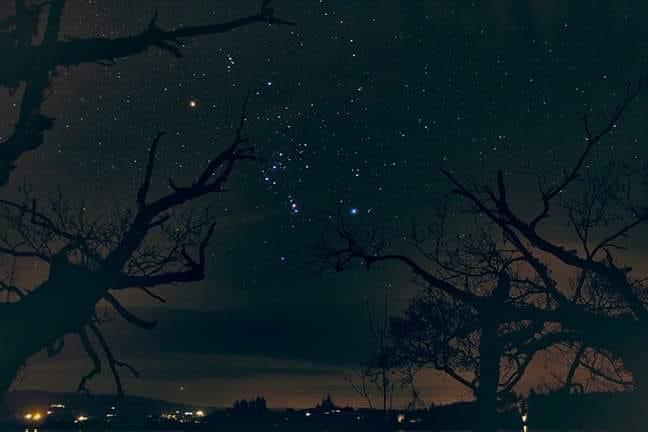Stargazing in Morocco: What to See in the Night Sky
With its expansive deserts and clear, unpolluted skies, Morocco is a stargazer’s dream. From the vast Saharan dunes to the peaks of the Atlas Mountains, Morocco offers some of the most spectacular views of the cosmos. Whether new to stargazing or a seasoned observer, the night sky here reveals a celestial show that captivates the senses. Here’s a detailed look at what you can expect to see while stargazing in Morocco.
1. The Milky Way
The Milky Way galaxy is one of the most breathtaking sights in Morocco’s night sky. Stretching across the sky like a luminous river of stars, the Milky Way is most visible in the summer months (June to September). In the desert regions, especially around Merzouga and Erg Chebbi, the lack of light pollution makes the Milky Way appear remarkably clear. You’ll see its dense star clusters, the dark dust lanes, and the bright core glowing in the center.
When to see it: Late spring to early fall, with peak visibility in the summer.
2. Constellations
Morocco’s clear skies make it ideal for spotting both well-known and lesser-known constellations. Depending on the season, different constellations dominate the sky:
- Orion (The Hunter): Easily recognizable by his three-starred belt, Orion is a winter constellation (November to February). You can also spot Betelgeuse and Rigel, two of Orion’s brightest stars, from the Moroccan desert.
- The Big Dipper (Ursa Major): Visible all year, this iconic group of stars is perfect for first-time stargazers. It also serves as a guide to locate the North Star (Polaris), which is part of the Little Dipper (Ursa Minor).
- Scorpius: A prominent summer constellation, Scorpius stands out with its curving tail and bright red star, Antares, which represents the heart of the scorpion.
- Cassiopeia: With its distinctive “W” shape, Cassiopeia is visible all year and can be easily spotted in the northern sky.
When to see them: Constellations vary by season, with Orion dominating in winter, and Scorpius and the Milky Way shining brightest in summer.
Discover the Magic of Merzouga's Night Sky
3. Planets
The Moroccan night sky offers stunning views of several planets, especially when they are in opposition (closest to Earth). You can often spot the following planets:
- Venus: Known as the “Evening Star” or the “Morning Star,” Venus is one of the brightest objects in the sky. It’s best seen just after sunset or before sunrise.
- Mars: Often visible as a reddish dot, Mars appears most clearly when it’s closest to Earth. During opposition, it can shine as brightly as Jupiter.
- Jupiter: The largest planet in our solar system, Jupiter is easily seen with the naked eye. With a telescope or binoculars, you can even spot some of its largest moons: Io, Europa, Ganymede, and Callisto.
- Saturn: Known for its stunning rings, Saturn is a favorite among stargazers. While its rings are not visible without a telescope, Saturn’s pale yellow glow is unmistakable.
When to see them: Venus is best seen in the early morning or evening year-round, while Mars, Jupiter, and Saturn are visible depending on their orbital positions, typically peaking during opposition.
4. Meteor Showers
If you’re lucky, your stargazing experience in Morocco might coincide with one of the spectacular meteor showers that grace the skies each year:
- Perseids (August): One of the most popular meteor showers, the Perseids can produce up to 60 meteors per hour. The dark skies of the desert are the perfect backdrop for this dazzling display.
- Geminids (December): Known for its bright, multi-colored meteors, the Geminids meteor shower is best viewed in early December. With rates of up to 120 meteors per hour, it’s one of the most active meteor showers.
- Leonids (November): The Leonids are famous for producing meteor storms, with thousands of meteors per hour during peak years. While storms are rare, the regular Leonid shower still offers a beautiful show.
When to see them: Peak times vary by meteor shower, but they generally occur in late summer, fall, and early winter.
5. The Moon
The moon, in its various phases, is another stunning feature of the Moroccan night sky. During a new moon, the absence of its light allows for perfect stargazing conditions, but even a waxing or full moon can be mesmerizing.
- New Moon: Best time for stargazing as the sky is darkest, revealing the full depth of stars and celestial objects.
- Full Moon: The full moon rising over the dunes of the Sahara is a sight to behold. Its bright glow can illuminate the entire desert, creating a mystical atmosphere.
When to see it: The moon cycles every month, with different phases offering varying stargazing experiences.
6. Celestial Events
Occasionally, Morocco’s skies host rare and spectacular celestial events such as:
- Lunar Eclipses: When the Earth’s shadow blocks the moon, the desert landscape adds a surreal feeling to the lunar eclipse, particularly a total eclipse when the moon turns red.
- Planetary Alignments: At times, planets align in the sky, creating a breathtaking line of bright dots stretching across the horizon. These alignments are rare but can be spotted if you keep track of astronomical forecasts.
- Supermoons: A supermoon occurs when the moon is at its closest point to Earth in its orbit, making it appear larger and brighter than usual. Supermoons over the Sahara dunes are especially spectacular.
When to see them: These events occur periodically throughout the year and can be planned around with the help of astronomical calendars.
Discover the Magic of Merzouga's Night Sky
7. The Zodiacal Light
In very dark skies like those of the Sahara, you might witness a phenomenon known as the zodiacal light. This faint, triangular glow appears just before dawn or after sunset, caused by sunlight scattering off dust particles in space. It’s best seen in early spring and late fall when the angle of the ecliptic is steep.
When to see it: Just before dawn in spring or just after sunset in autumn.
Conclusion:
Morocco’s night sky offers a magical window into the cosmos, with everything from the glittering Milky Way and bright planets to mesmerizing meteor showers and lunar eclipses. Whether you’re in the Sahara Desert or high in the Atlas Mountains, Morocco’s pristine stargazing conditions guarantee a celestial experience like no other. Just lay back on the dunes or mountain slopes, and let the universe unfold before your eyes.

